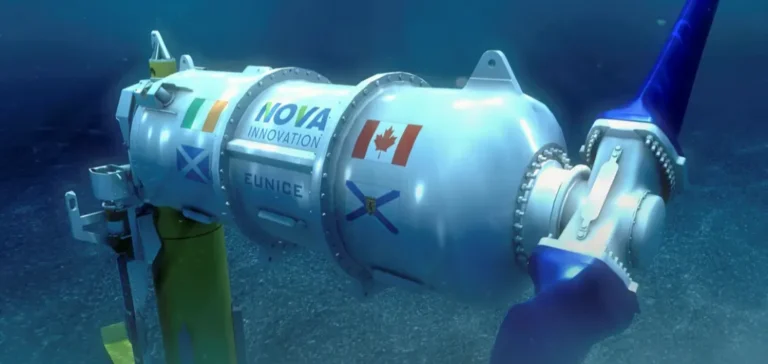The federal government announces $7,88mn for two tidal energy projects in the Bay of Fundy. The objective is to strengthen environmental monitoring and reduce uncertainties for developers. The support targets an ocean sensor platform and a study of fish–turbine interactions. Authorities seek to accelerate project assessment and clarify visibility for investors.
A scientific framework to secure investment
The Energy Innovation Program (EIP) carries the allocation of these funds. Fundy Ocean Research Centre for Energy Ltd. (FORCE) will lead the Platform for Innovation in Ocean Sensors (PICO). PICO will standardise data collection on fauna and conditions in Minas Passage. The architecture is designed to document potential turbine effects and to structure usable data sets.
Acadia University will conduct fish detection studies and movement models. The objective is to quantify collision risk and adjust monitoring protocols. The results are intended to inform the design and operation of tidal devices. The project includes talent training for the immediate needs of marine energy.
Enhanced capabilities and market visibility
The Department of Fisheries provides non-financial support valued at more than $1,03mn to Acadia University. This contribution complements the federal effort dedicated to analysis and monitoring. Natural Resources Canada (NRCan) and Fisheries and Oceans Canada coordinate the approach with the province and industry. The objective is to produce comparable series to accelerate permitting and de-risk capital allocation.
The Bay of Fundy has some of the most powerful tides in the world. Measured and standardised data remain necessary for the bankability of future projects. The conclusions of the working group on sustainable tidal energy emphasise this factual basis. This group was established in June 2023 by NRCan and Fisheries and Oceans Canada.






















